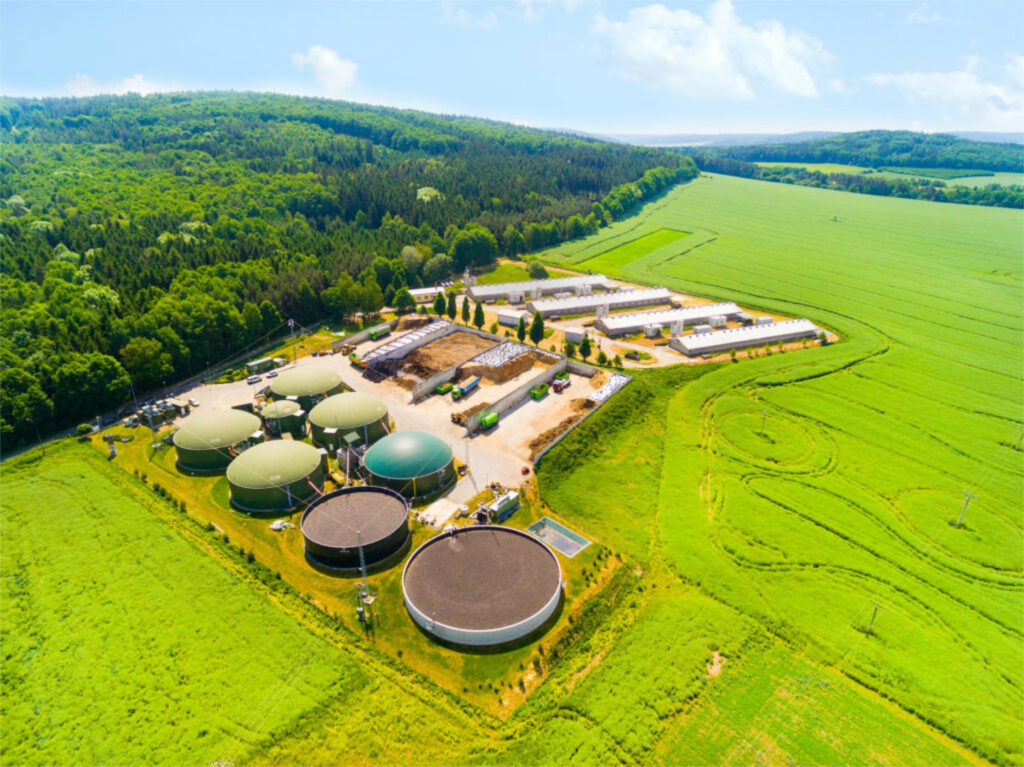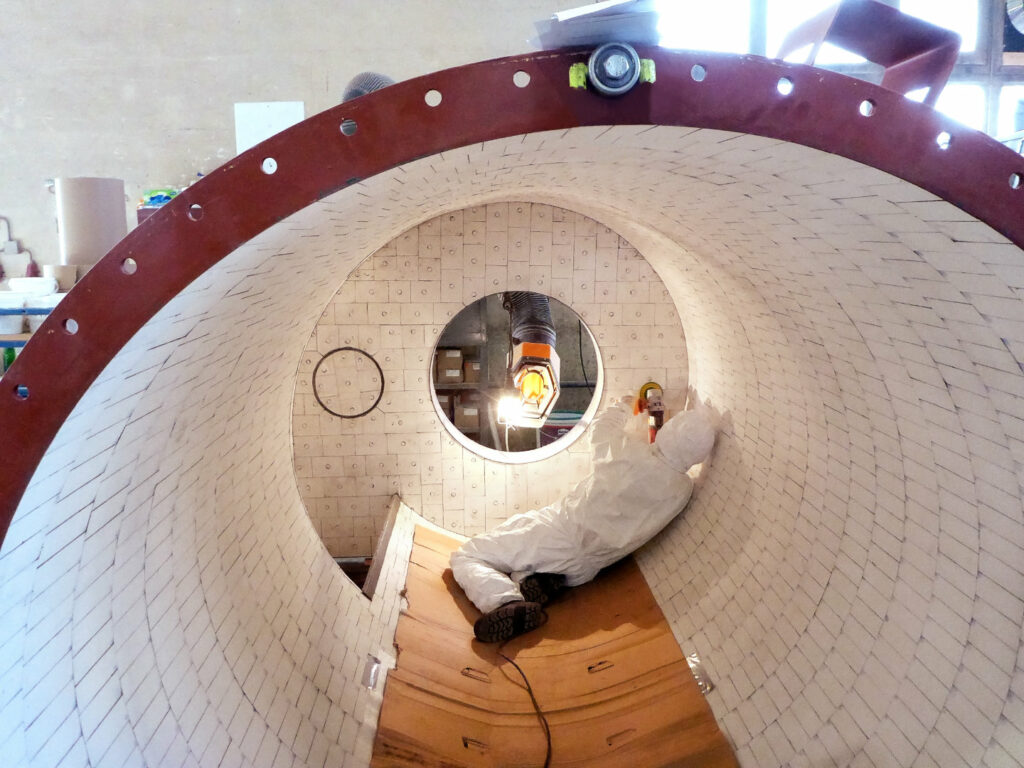- Products
- High performance concrete KALCRET
- Fused cast basalt ABRESIST
- Zirconium corundum ceramics KALCOR
- High alumina ceramics KALOCER
- Silicon carbide ceramics KALSICA
- Hard ceramics KALCERAM
- Epoxy-bonded hardcompound KALPOXY
- Composite construction of hard material and rubber KALIMPACT
- Hard casting KALCAST
- Hard overlay welding KALMETALL
- Slide promotion plastics KALEN
- Sprayable Polyurea KALEA
- Applications
- Service
- Company
- Career
- Contact
Wear protection for industrial plants

To protect plant components used in production of energy and raw materials, as well as in primary industries, Kalenborn provides tried-and-tested solutions for effective protection against wear. No two problems of wearing are alike. There is abrasion on plant components which are in continuous use such as cyclones or impact wear on components which are not used continuously such as transfer chutes.
The optimum wear-protection system often involves a combination of multiple materials. Those materials are then matched to the different loadings.
The selection of a suitable means of installation is also important. Various determining factors such as temperature, vibration or accessibility within the plant make a variety of attachment methods for wear-protection components necessary.

Cyclone with KALOCER moulded parts and mats
Cyclone separator with KALCRET